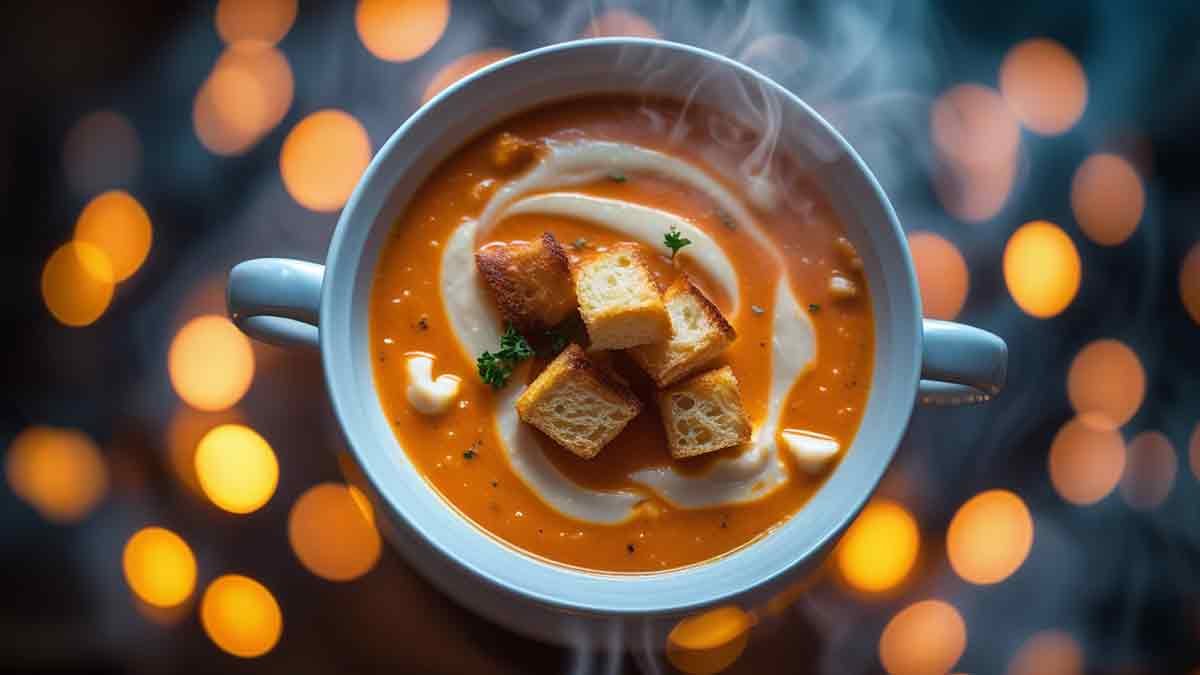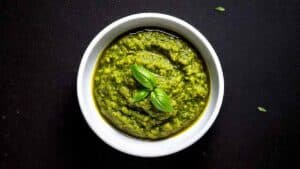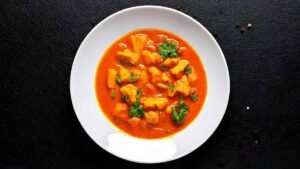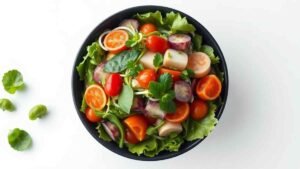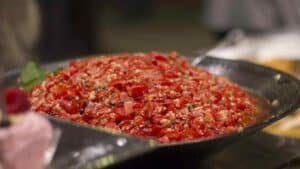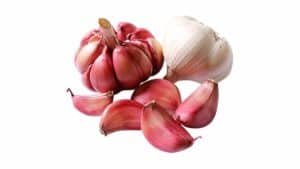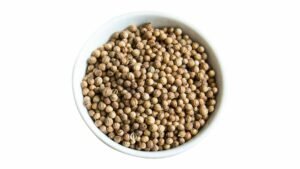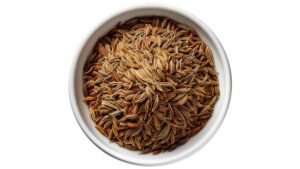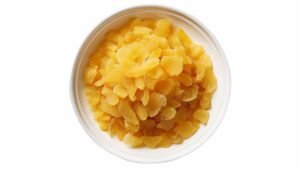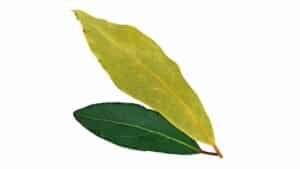Chowder is a beloved dish that embodies warmth and comfort, making it a staple in many kitchens across the United States. This thick, hearty soup is typically made with a base of milk or cream, combined with a roux to achieve its signature creamy texture. Chowders can be packed with various ingredients, including seafood, vegetables, and spices, catering to diverse palates. In this article, we will explore the origins, types, ingredients, and preparation methods of chowder to give you a comprehensive understanding of this delightful dish.
Origins of Chowder
The term chowder is believed to have originated from the French word chaudière, which means “cooking pot.” This reflects the dish’s humble beginnings as a stew cooked in large pots by fishermen. The earliest chowders were likely made with whatever seafood was available and thickened with crackers or bread. Over time, chowder evolved into the creamy versions we know today, particularly in regions like New England.
Types of Chowder
Chowder comes in various styles, each with unique flavors and ingredients. Some of the most popular types include:
- New England Clam Chowder: Perhaps the most famous variety, this chowder features clams, potatoes, onions, and cream. It is typically served with oyster crackers.
- Manhattan Clam Chowder: A tomato-based version that includes clams and vegetables, offering a different flavor profile compared to its creamy counterpart.
- Corn Chowder: A delightful blend of sweet corn, potatoes, and cream, making it a favorite during summer months.
- Seafood Chowder: This variation can include fish, shrimp, scallops, and other seafood mixed with a creamy base.
- Vegetable Chowder: A lighter option that focuses on seasonal vegetables such as potatoes, carrots, and celery in a creamy broth.
Each type of chowder reflects regional preferences and available ingredients, showcasing the versatility of this comforting dish.
Common Ingredients
While chowders can vary widely in their ingredients, some common components are often found across different recipes:
- Base: Most chowders start with a base of milk or cream combined with a roux (a mixture of flour and fat) to thicken the soup.
- Seafood: Clams are the star ingredient in many chowders; however, shrimp, crab, and fish are also popular additions.
- Vegetables: Onions and potatoes are staples in chowders. Other vegetables like corn, carrots, and celery may also be included for added flavor and texture.
- Seasonings: Common seasonings include salt, pepper, thyme, bay leaves, and sometimes bacon for an extra layer of flavor.
The combination of these ingredients creates a rich and satisfying dish that warms both body and soul.
Preparation Methods
Making chowder at home is relatively straightforward. Here’s a basic outline of how to prepare a classic clam chowder:
- Sauté Aromatics: Start by cooking chopped onions in butter until they are soft.
- Add Vegetables: Stir in diced potatoes and any other vegetables you wish to include. Cook for a few minutes until they begin to soften.
- Create the Base: Sprinkle flour over the mixture to create a roux. Gradually add milk or cream while stirring continuously to prevent lumps from forming.
- Simmer: Allow the chowder to simmer gently until the potatoes are tender. This usually takes about 15-20 minutes.
- Add Clams: Finally, add canned or fresh clams along with their juice (if using canned). Heat through but avoid boiling to keep the clams tender.
- Serve: Ladle the chowder into bowls and garnish with fresh herbs or additional toppings like oyster crackers for added crunch.
Chowder is not just food; it’s an experience that brings people together around the table. Whether enjoyed on a chilly winter evening or as part of a summer feast by the beach, chowder remains a cherished dish that continues to evolve while holding onto its comforting roots.
In conclusion, whether you prefer the creamy richness of New England clam chowder or the tangy twist of Manhattan clam chowder, there’s no denying that this hearty soup has earned its place as a beloved classic in American cuisine. So next time you’re looking for something warm and filling to enjoy or share with loved ones, consider whipping up a pot of chowder!
